Description
In Saadi’s School is the work of Mahmoud Hakimi. This book revolves around Saadi’s biography and critique and interpretation of Persian poetry.
The book in Saadi School has five chapters in the following order:
Chapter One: Saadi’s life
Chapter 2: Saadi’s fame in the world
Chapter 3: Saadi and Contemporary Poets
Chapter 4: In Saadi School
Chapter Five: Stories from Golestan
Sheikh Mosleh al-Din Abdullah Saadi Shirazi, a great poet, writer and thinker, was born in Shiraz in the first years of the first decade of the seventh century AH into a family that, in his own words, “were all scholars of science”. He spent his childhood and adolescence in his hometown, during which time he learned the basics of modern science. He then traveled to Baghdad to continue his education.
He was probably born between 600 and 615 AH. As a young man, he went to the military school in Baghdad and studied literature, commentary, jurisprudence, theology and wisdom. Then he traveled to Syria, Morocco, Abyssinia and Hejaz, and after returning to Shiraz, he started composing his masterpieces.
In 655, he organized Sa’dnameh or Bustan and in the following year (656) he wrote Golestan. In addition, he has poems, lyric poems, pieces, prepositions, quatrains, and Arabic articles and poems, all of which are collected in his generalities. He died between 690 and 694 AH in Shiraz and was buried there.
Saadi Shirazi is one of the greatest poets of the seventh century, a well-known and proud name among the poets of the world and is known as Sheikh Ajal and King. Saadi’s field of activity is so wide and diverse that he can not be limited to a specific group and style, but in general, his works are divided into two categories: poetry or poetry and prose or text.
His most famous prose book is Golestan, which of course contains short verses and verses from the words of God. Golestan generally includes an introduction to the praise of God and then eight chapters. Other works of Saadi’s prose include prose treatises including the first to sixth treatises and the five councils.
The next section is the works of Saadi’s poems in various poetic forms, the most famous of which is the book Bustan with an introduction in praise of God and the Prophet and other people such as Abu Bakr ibn Sa’d ibn Zangi. The park is also divided into ten chapters, each of which examines important issues from Saadi’s worldview perspective. As for the other poetic works of Sheikh Ajal, they include poems, verses, melodies, trigonometry that he composed in three languages, preferences, a collection of lyric poems in the titles of Bada’i, Taybat, Khawatim and old lyric poems, and finally quatrains and words. .
Saadi’s collection of works, which includes both categories of poetry and prose, is called Saadi’s generalities, which have been collected by various people in recent centuries, and now a copy of the generalities has been made available to readers by the efforts of Dr. Mazaher Musafa. . The features of this version are list and bit finder and description of difficult words and constructions, which in this regard puts it in the category of one of the best and most comprehensive corrections of this work.
All of Saadi’s works, including poetry and prose, have been collected in a collection entitled Saadi Generalities. Among the works in this book, Bustan and Golestan are two independent books. Golestan is composed by Masja and Bustan is composed by Saadi.
In addition, lyric poems and jokes (or evils) have been published independently. Saadi’s other works that are mentioned in the book of generalities are: ode, verses, verses and trigonometry, preferences, owner, quatrains and words.
Poems include Arabic ode and Persian ode.
Arabic ode poems are about seven hundred verses long and generally have lyrical or eulogy themes. Persian odes also have the themes of preaching, monotheism and praise.
Marathi contains several poems in the elegy of several of Saadi’s contemporary figures, including Mustasim, the last Abbasid caliph, Abu Bakr ibn Sa’d ibn Zangi, and Sa’d ibn Abu Bakr (from the Atabaks of Persia).
Sahebieh is a collection of Persian and Arabic pieces.
In addition to Golestan, Saadi has other works of prose, including:
Treatise on Wisdom and Love
Five meetings
Also in Pakistani and Indian print editions, another book of poetry called Karima has been attributed to Saadi. This book is Masnavi and was written in the convergent sea. The authenticity of this attribution is questionable due to the lack of strength of the poems and the lack of manuscripts of it.
In addition, Mohammad Ali Foroughi in his research, in one of the manuscripts of Saadi’s generalities, has come across another book called Mamyat which contains 31 Arabic and Persian pieces in slip and riddle.
Saadi, during his lifetime, has collected and compiled his works; As is the case with Golestan, Bustan and Taybat. Ali ibn Ahmad ibn Abi Bakr Biston is one of the most famous collectors of Saadi’s generalities, who did this once in 726 and the second time in 734 AH.
In this version, Saadi’s lyric poems are arranged in the alphabet of the last letter of the verses. The order of the different chapters of Saadi in general in the next versions has been more or less adapted from this version.
So far, various versions of Saadi’s works – both independently and in the form of Saadi generalities – have been corrected and published. The first revised book of Golestan was prepared and published in 1310 by Abdolazim Gharib.
The first revised version of Saadi’s generalities was published in 1316 by Mohammad Ali Foroughi, which is still considered as the most important source of reference to Saadi’s works.
Later, other versions of the book were revised by other scholars, including Saeed Nafisi, Mohammad Javad Mushkour, Khalil Khatib Rahbar, and Hassan Anvari. The most authoritative version of Golestan is corrected by Gholam Hossein Yousefia, which was based on seventeen manuscripts and printed copies. However, this correction did not meet the opinions of all critics, and after that at least two other corrections of Saadi’s generalities by Hassan Anvari (2004) and Baha’uddin Khorramshahi (1996) were presented.
Bustan is one of Saadi’s poems and one of the masterpieces of Persian literature. This book was called Saadinameh in the old versions, but later became known as Bustan. The garden is written in order (poetry) and contains about four thousand verses of poetry.
The form of the poem is exemplary and, like Ferdowsi’s Shahnameh, it was written in the convergent sea.
Bustan is a moral and educational book and Saadi has portrayed his ideal utopia in it. As Saadi himself has mentioned, he finished writing it in 655 AH and dedicated it to Abu Bakr ibn Sa’d Zangi.
The garden begins with a relatively long introduction, which is composed in praise of God, praising the Prophet of Islam, stating the reason for writing the book, and praising Abu Bakr ibn Sa’d Zangi and Sa’d ibn Abu Bakr, the rulers of Persia. This book is written in ten chapters (so-called ten chapters). These are: justice, kindness, love, humility, contentment, remembrance, training, thanksgiving, repentance and prayers and the end of the book. The volume of these chapters is different and except for the first and fifth chapters, they all start with a relatively short introduction. Each chapter contains anecdotes that are narrated consistently.
According to the corrected version of Gholam Hossein Yousefi, including the preface, a total of 183 anecdotes have been quoted in this book. Park anecdotes are not the same in complexity and structure; Some have a more complex narrative structure and involve multiple events and people, while others are simple and narrative enough.
Saadi wrote the book Golestan in 656 AH, one year after Bustan was written. This book is composed of melodic prose mixed with order and in eight chapters (so-called eight chapters). In Saadi school
The eight chapters of Golestan are: the character of kings, the morality of dervishes, the virtue of contentment, the benefits of silence, love and youth, weakness and old age, the effect of education, and etiquette. Golestan is one of the most influential prose books in Persian literature. Saadi has dedicated this book to Saad bin Abu Bakr bin Saadi Zangi.
This book is a collection of independent anecdotes and contains advices and short sentences. But the art of storytelling and the brevity of the writer prevent the educational aspect from making the reader bored.
In Golestan, Saadi avoids historiography and memoirs, and merely expresses matters related to the life and character of individuals. Golestan’s book can be considered Saadi’s account of the society of his time, in which the cultural and social situation of the people is really portrayed.
Golestan’s anecdotes, depending on the subject, are shortened or lengthened. In some anecdotes, imaginary or real characters exist and play a role; But in some anecdotes, the author is present and watching. Some of these events are real life events and some are just imaginary events.
The book ranks among the authorities in terms of style and context. However, despite the difficulty of writing and punctuation in the writings of previous authors, the anecdotes of Golestan are concise and written as close to the vernacular as possible.
Dariush Rahmanian, a professor of history, citing the large number of anecdotes about politics in this book, considers this book as a form of advice (policy) and considers Saadi to be a follower of the tradition of writing advice.
In writing Golestan’s prose, Saadi uses puns and verbal and fictional symmetries; But it does not suffer from obligation and artificiality.
Complex and far-fetched words and combinations are not used in Golestan, and for this reason, this book is simpler and more fluent than books such as Hamidi Maghamat, Tarikh-e Wasaf, and Jahangshahi Jovini.
Saadi in Golestan has chosen his personal and individual style, which in terms of simplicity of writing, is close to the characteristics of Khorasani style.
Some scholars consider Golestan to be the culmination of a combination of two rhythmic prose styles of Khajeh Abdullah Ansari and Qazi Hamid al-Din Hamidi Balkhi.
Golestan book is one of the first Persian books published by printing press. This book was first published in 1824 in Tabriz.
Saadi’s lyric poems are a collection of poems written by Saadi in the form of lyric poems and several corrections of them have been published by masters of Persian language and literature. Saadi has about 700 lyric poems. In composing lyric poems, Saadi has paid special attention to Sanai and Anwari languages.
Many scholars believe that ghazal has reached its peak in the poems of Saadi and Hafez.
The focus of most of Saadi’s sonnets is love. Saadi is one of the few poets whose romantic sonnets remain romantic from beginning to end. Saadi’s romantic sonnets are famous for their simplicity, purity and earthiness.
In composing his sonnets, Saadi has also paid special attention to distant weights (turbulent weights such as the verbs of the verbs, the verbs of the verbs, or the verbs of the verbs, the verbs of the verbs, the verbs of the verbs).
In addition to romantic lyric poems, Saadi has also composed mystical lyric poems and instructive lyric poems.
In compiling Saadi’s generalities, Foroughi has separated instructive and mystical lyric poems from other lyric poems and has given them in a separate chapter entitled sermons.
Saadi’s lyric poems have been collected in four books: Taybat, Bada’i, Khawatim and old lyric poems. Saadi composed old lyric poems in his youth and is full of enthusiasm and joy. Khatim is related to Saadi’s old age and includes asceticism, mysticism and ethics.
Innovations and virtues are related to Saadi میان’s middle age and maturity; They include both youthful enthusiasm and asceticism and mysticism. The good and the bad are artistically superior to the other two parts. In some versions of Saadi’s generalities, Malma’s lyric poems are mentioned in a separate section called Malmaat, which according to Mohammad Ali Foroughi is a fake division; Because it has not been seen in older versions.
Ali Dashti knows Saadi’s difference from other lyricists in the resonance and melody that exists in his poems, especially his lyric poems.
According to him, the “rhythm and melody” of the words in Saadi’s lyric poems cannot be easily described and he likens it to a curve or circle in which the connection of words does not break with any angle of failure.
Saadi’s jokes
In Saadi’s collection of works, there are three treatises with the names of comparisons, ridicules and evils, the collection of which is called Hazliat. Mataibat is a collection of sexual jokes and stories that use bold words and naked expression in writing them.
The texture of the words and the fluency of the language in composing them are such that one can be sure that their poet is Saadi.
Evils and ridicules are written in prose, and in the version of Lord Greenway, which was written thirty years after Saadi’s death and was the original version of Gholam Hossein Yousefi and Mohammad Ali Foroughi, there is no trace of them, but in older versions of this version, these two parts are also recorded. And there is no doubt about the attribution of all three parts to Saadi.
Jan Ripka, a Czech Iranian scholar, considers the collection of evils to contain obscene material about homosexuality.
However, it is believed that Saadi composed these poems at the request of high-ranking officials of his time. The composition of the evils made Saadi famous in Hazali and Shahedbazi.
1- Introducing the book on YouTube
2- Introducing the book in Aparat

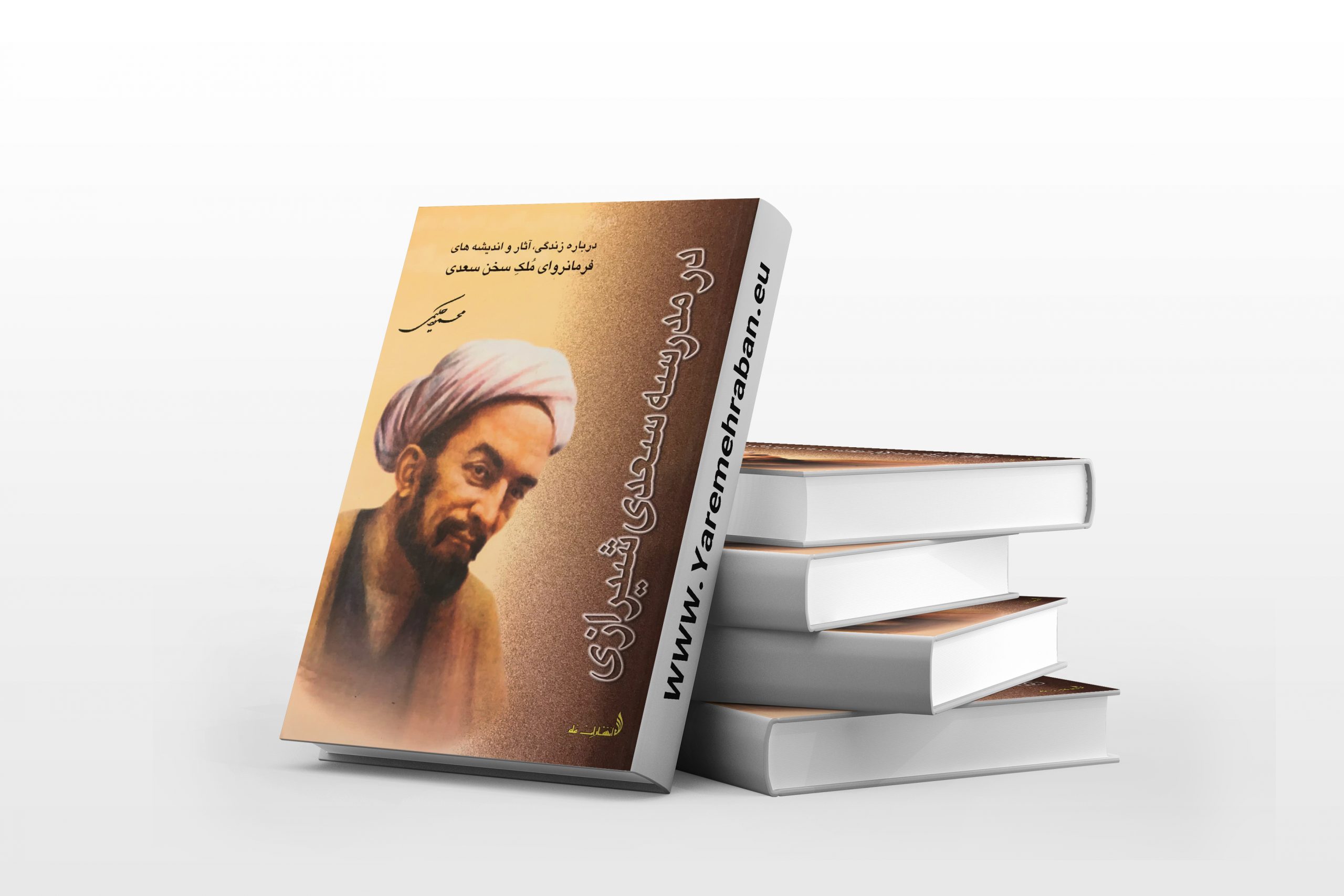



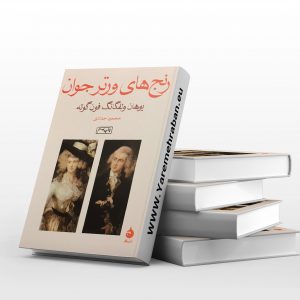

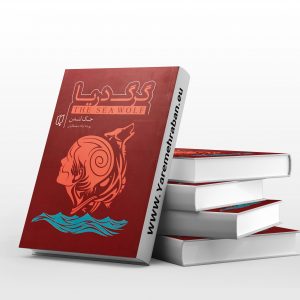

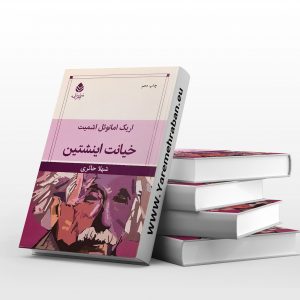
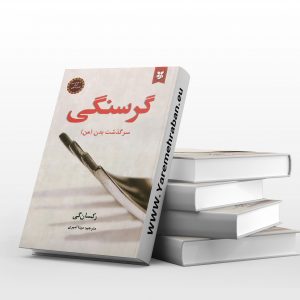
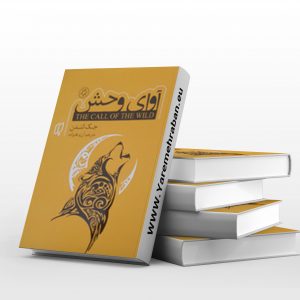
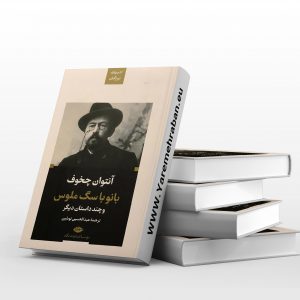

Reviews
There are no reviews yet.